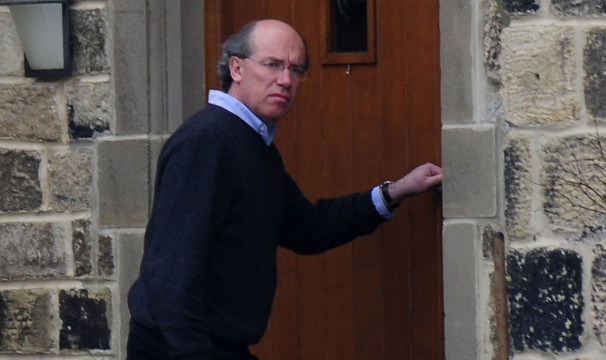The disgraced former boss of Halifax Bank of Scotland (HBOS) is sitting on a pension pot worth up to £25 million despite his central role the mortgage giant’s collapse, according to a report.
Sir James Crosby’s annual retirement income from the failed lender is estimated to be worth around £700,000 a year, according to a Sunday newspaper.
The former actuary was chief executive of HBOS from 1999 to mid-2006, when he left with a pension entitlement of £572,000 a year, which was tied to inflation.
This has risen to £700,000 a year, the newspaper reported. Financial adviser Hargreaves Lansdown told the newspaper it would cost £25 million to buy a pension fund of this size.
Sir James last year admitted to a committee of MPs he cashed in about two thirds of his shares in the bank before it was forced into a rescue takeover by Lloyds in 2009. He also told MPs he has not handed back any money, nor offered to waive part of his pension as former RBS boss Fred Goodwin did, because he “lost money” in the bank’s collapse. Last week’s report into HBOS’s failure labelled Sir James the “architect of the strategy that set the course for disaster”.
The Government-brokered takeover of HBOS by Lloyds required a £20 billion taxpayer bailout.
